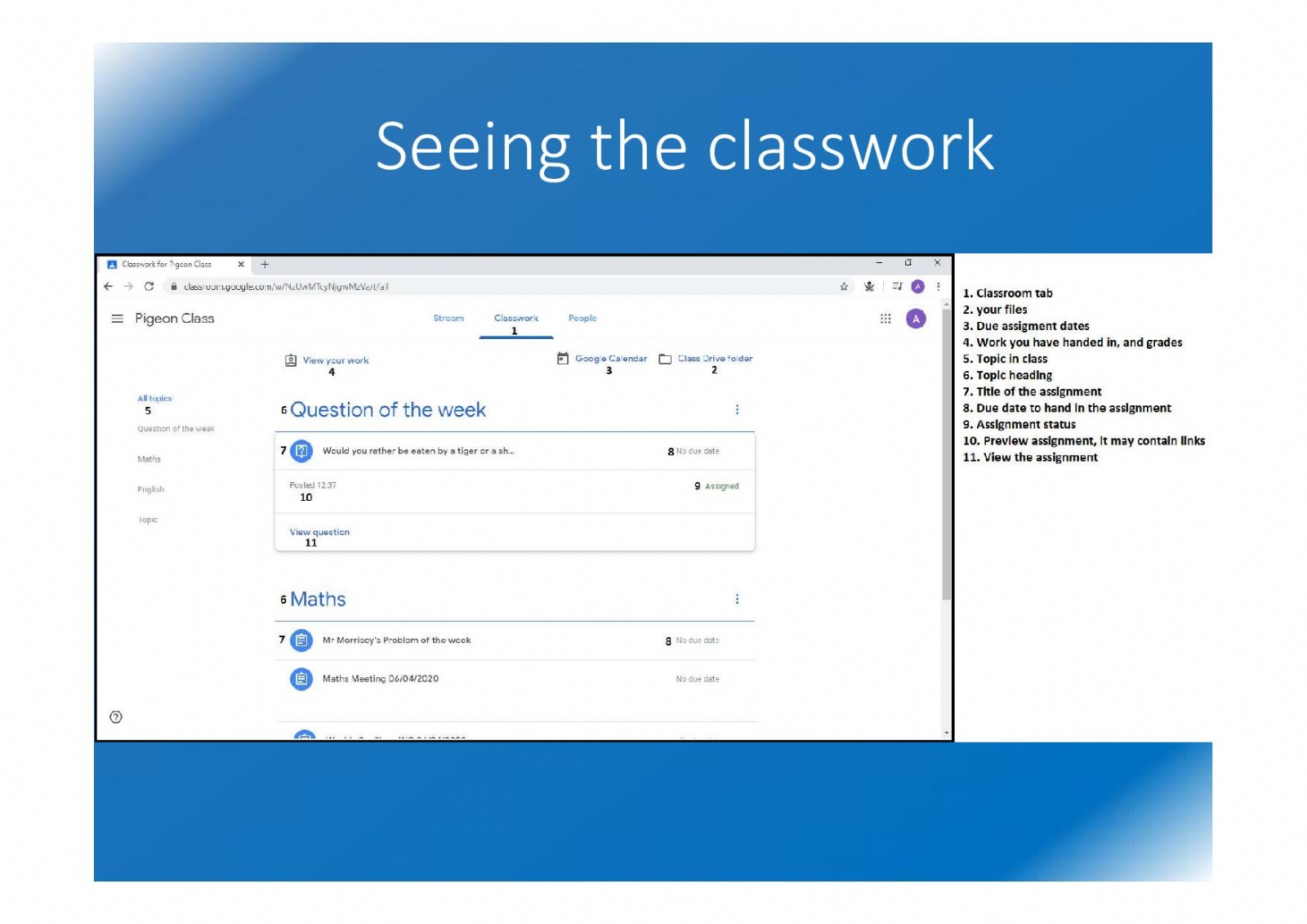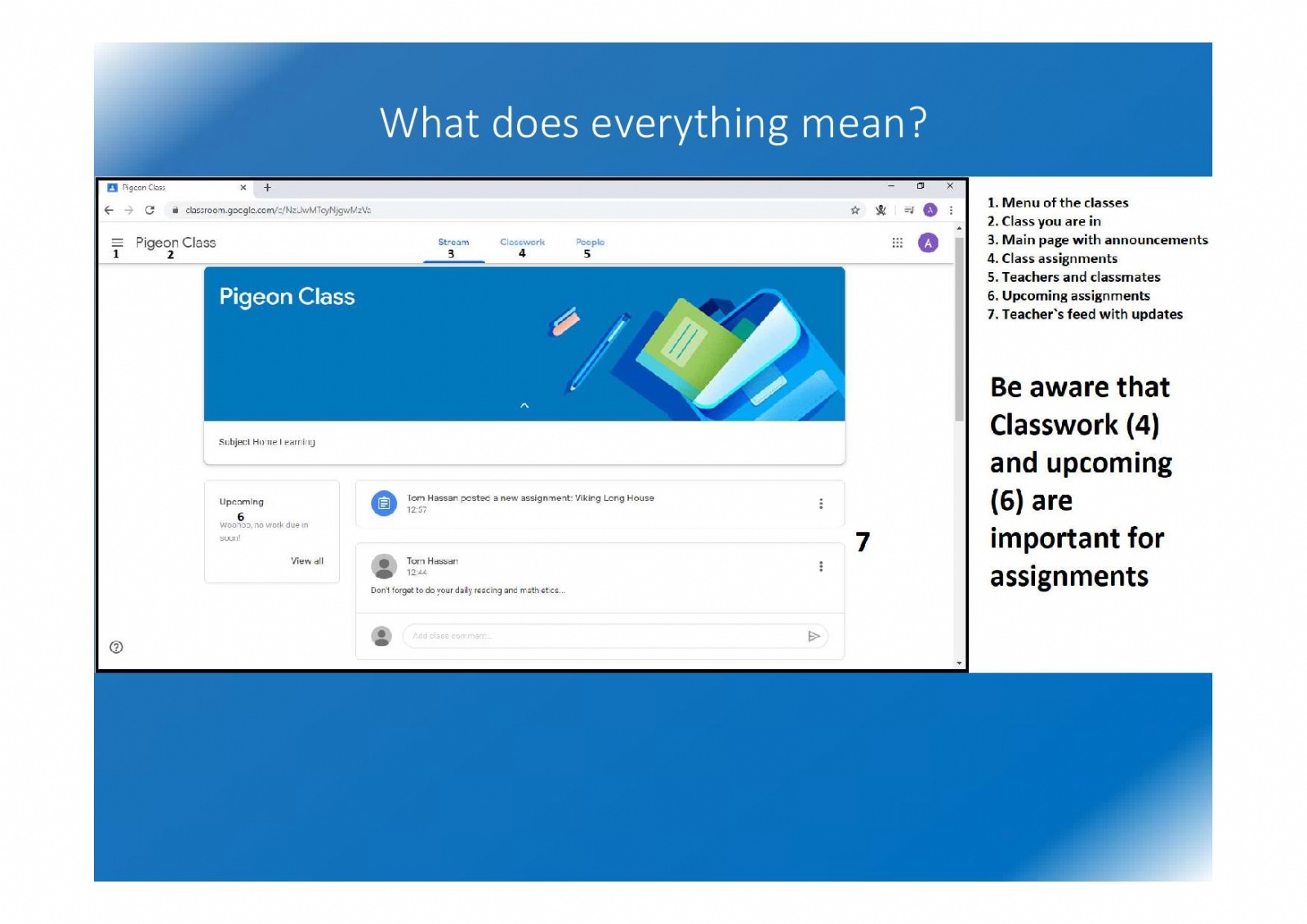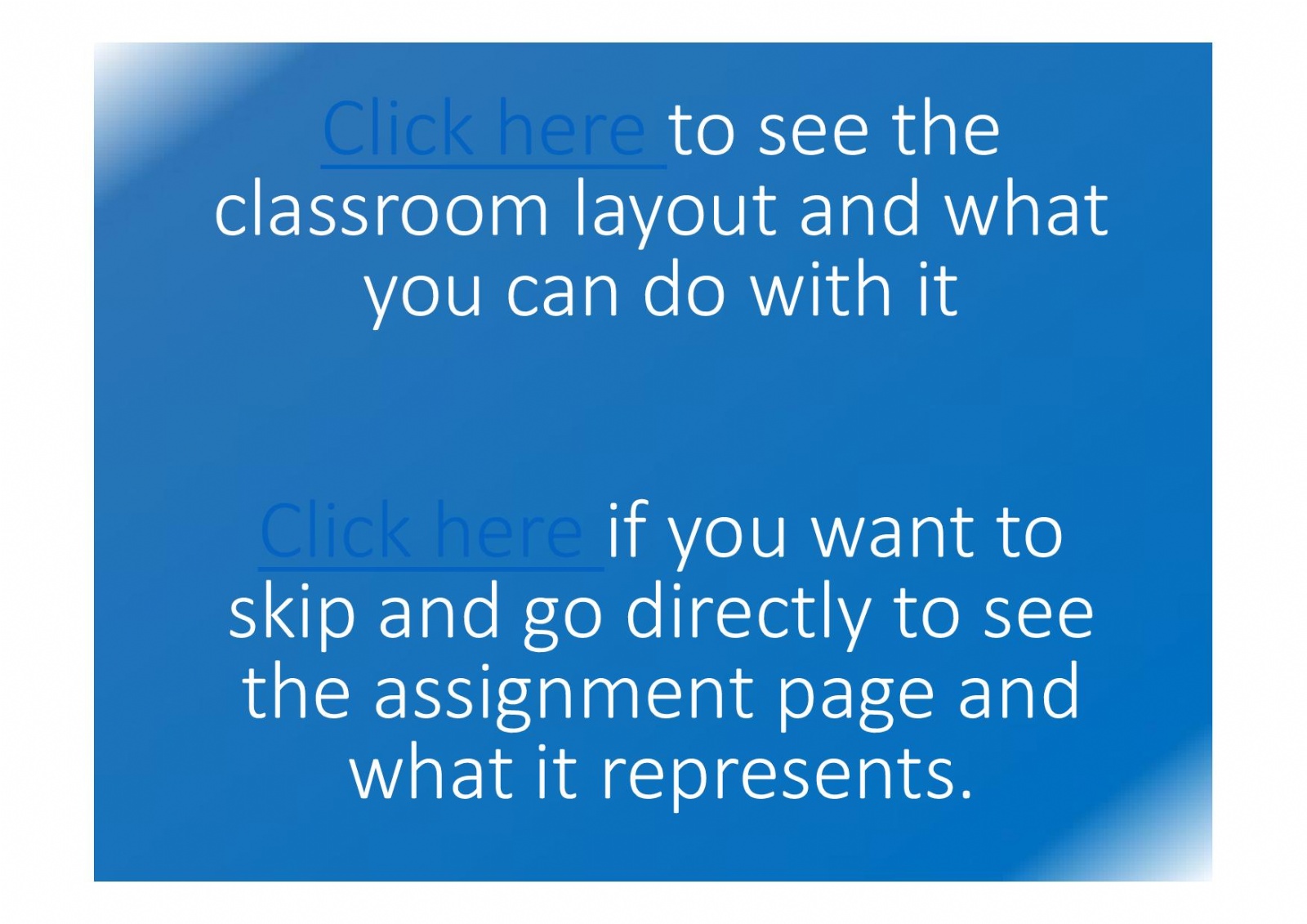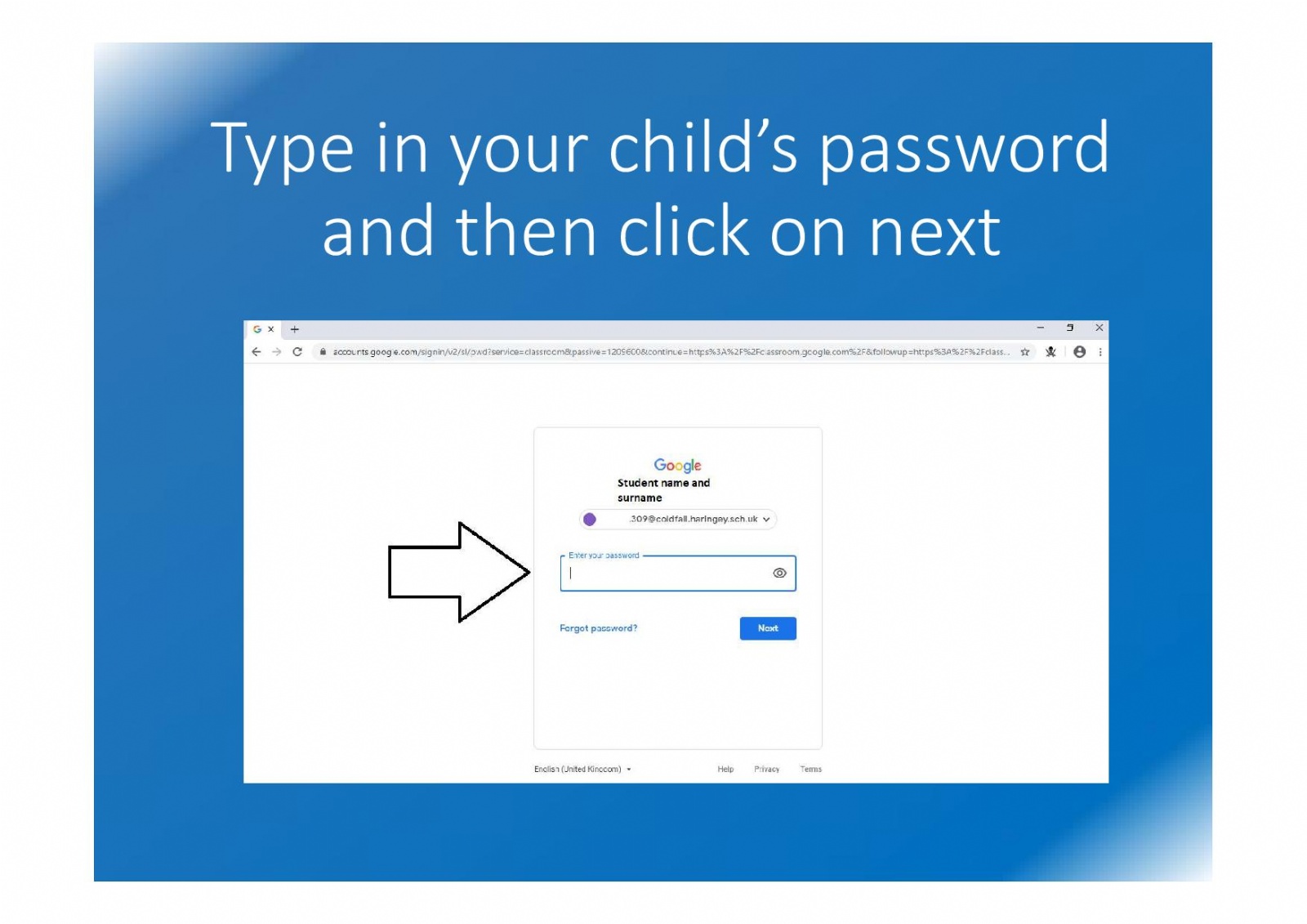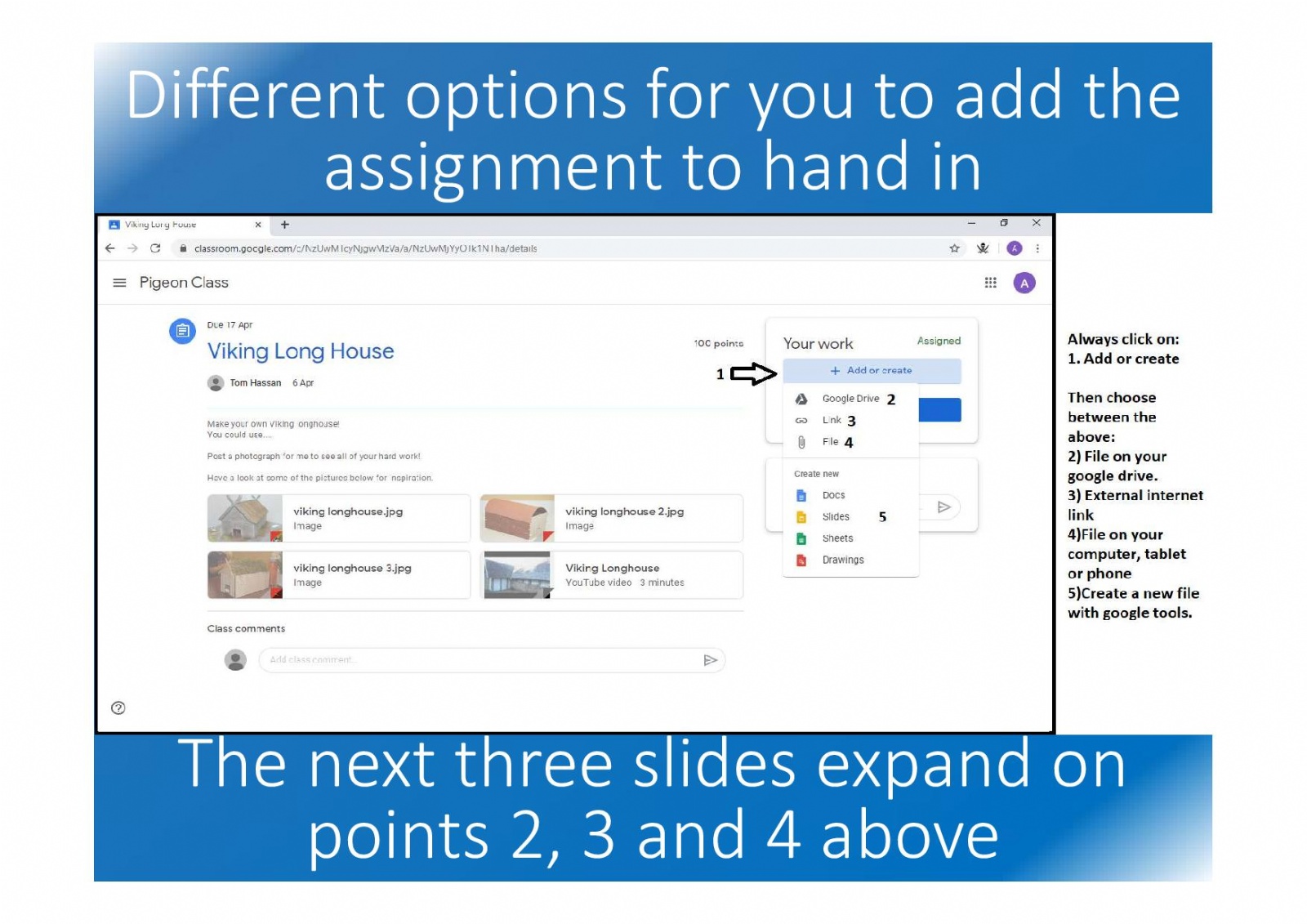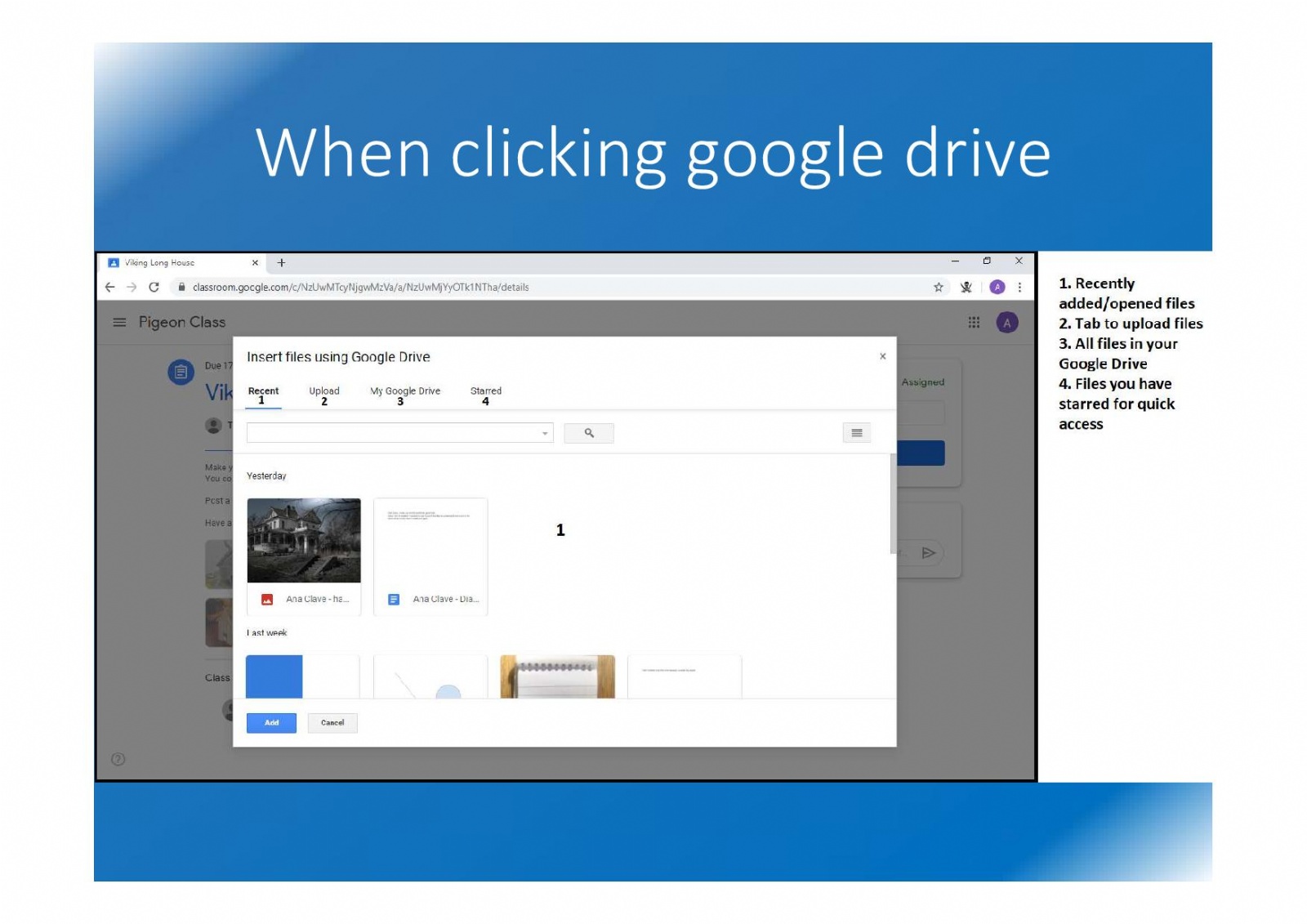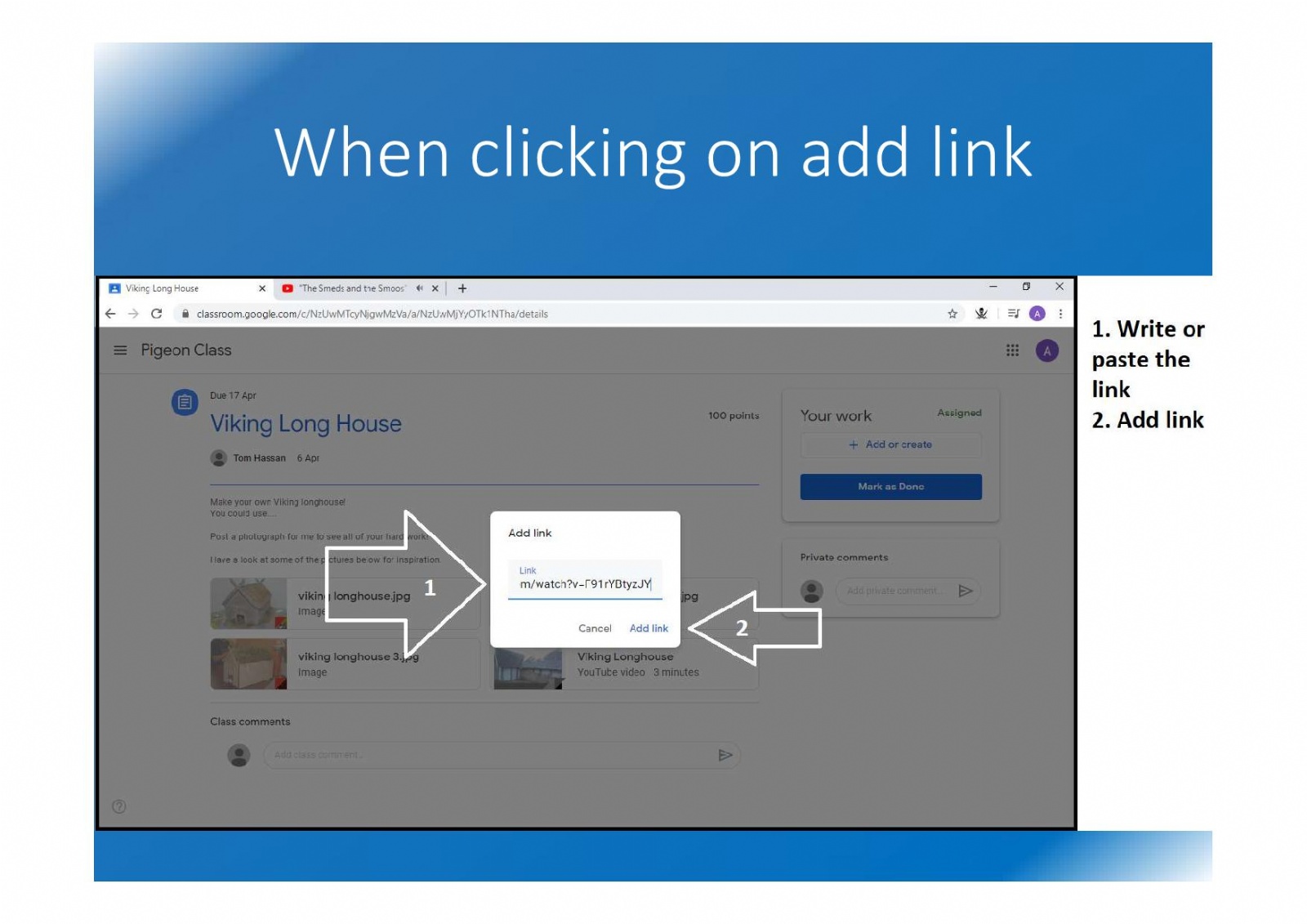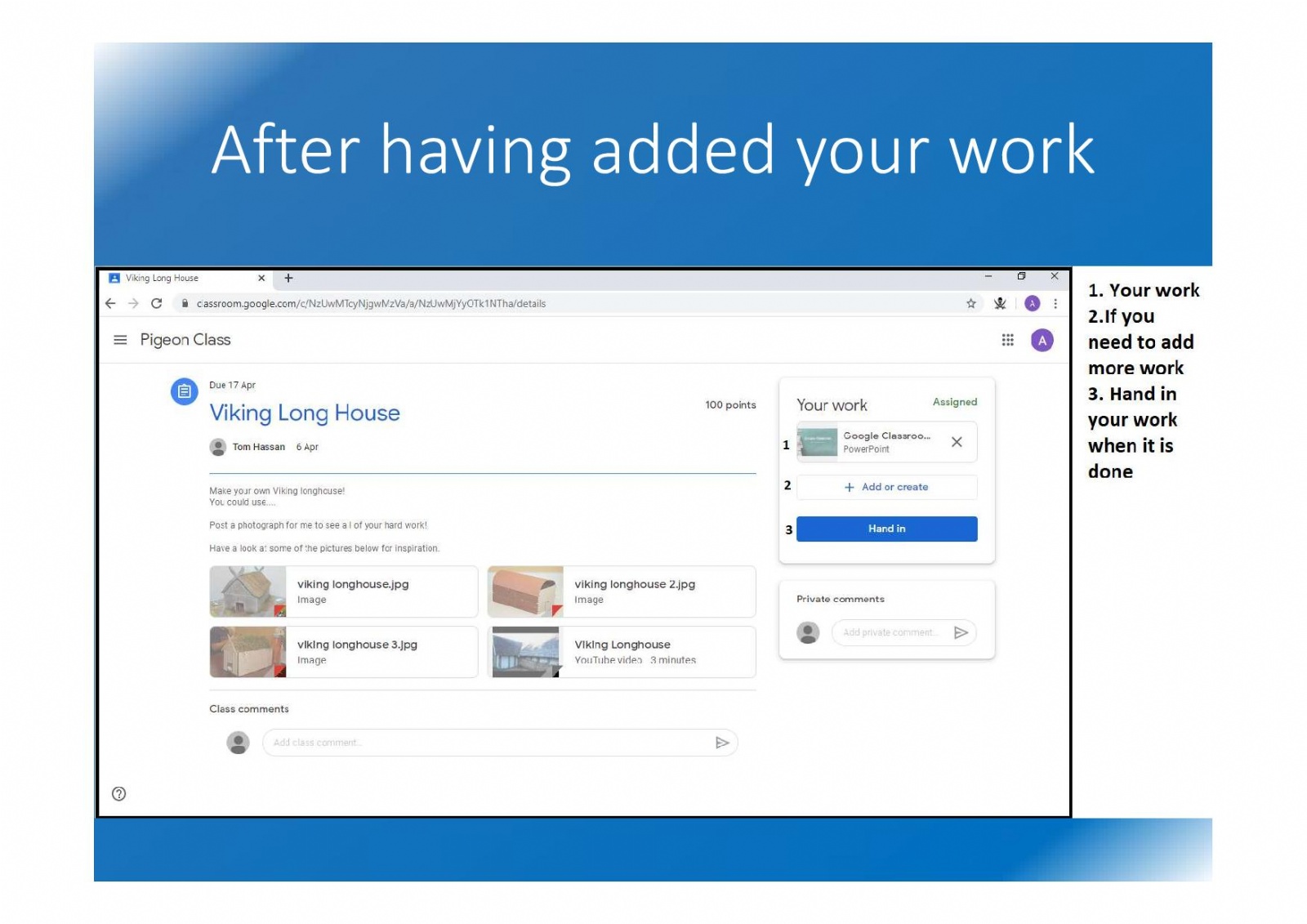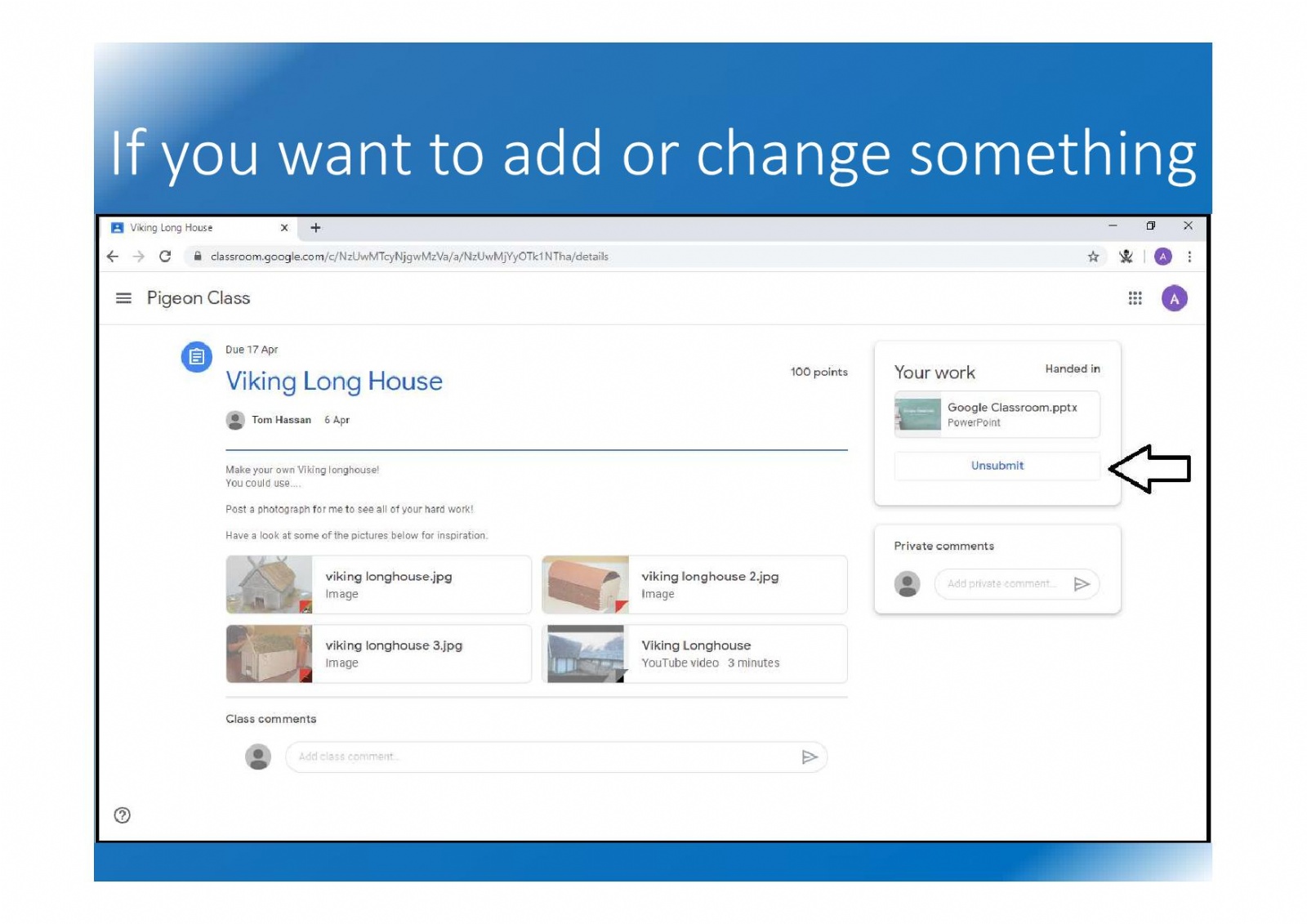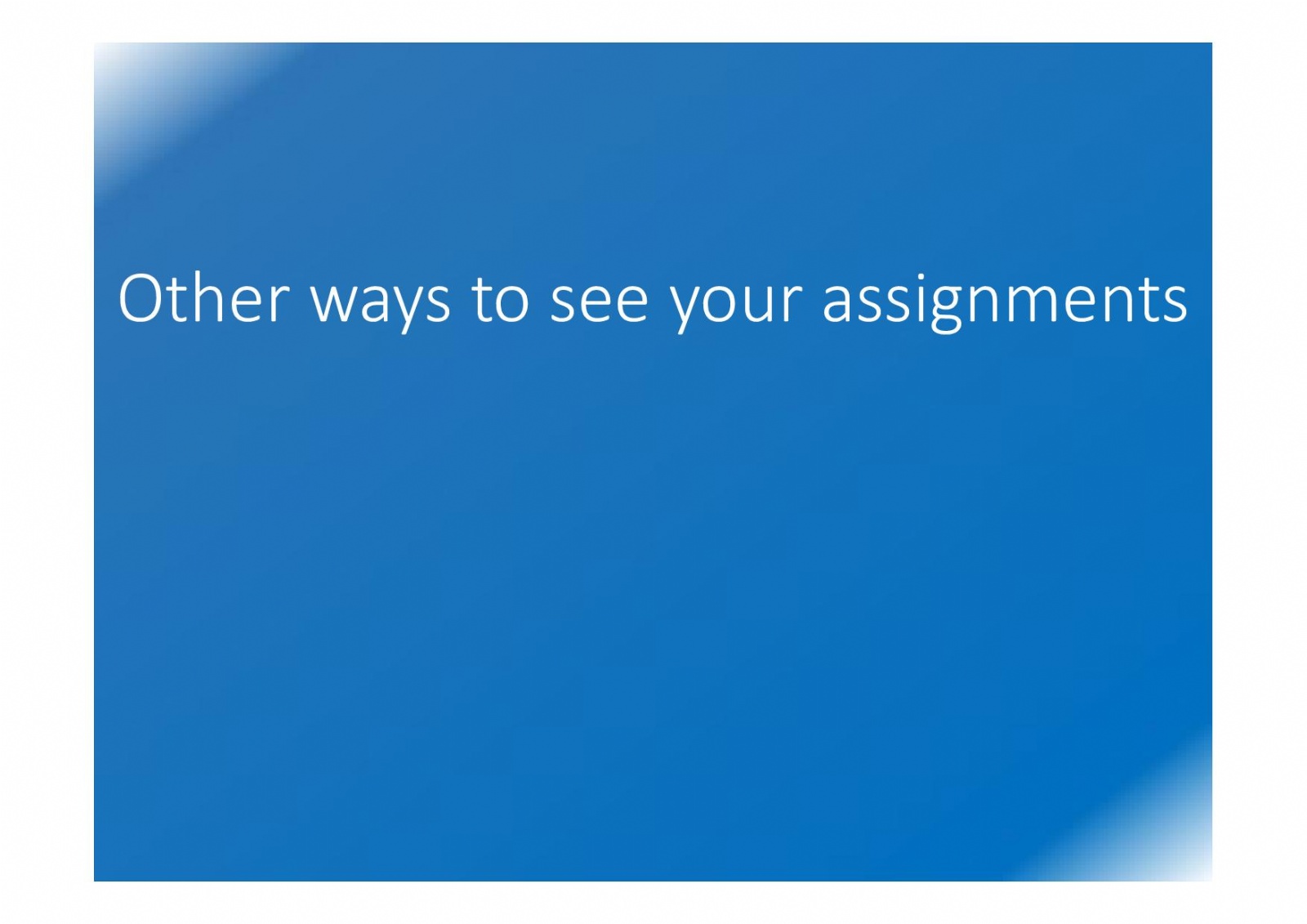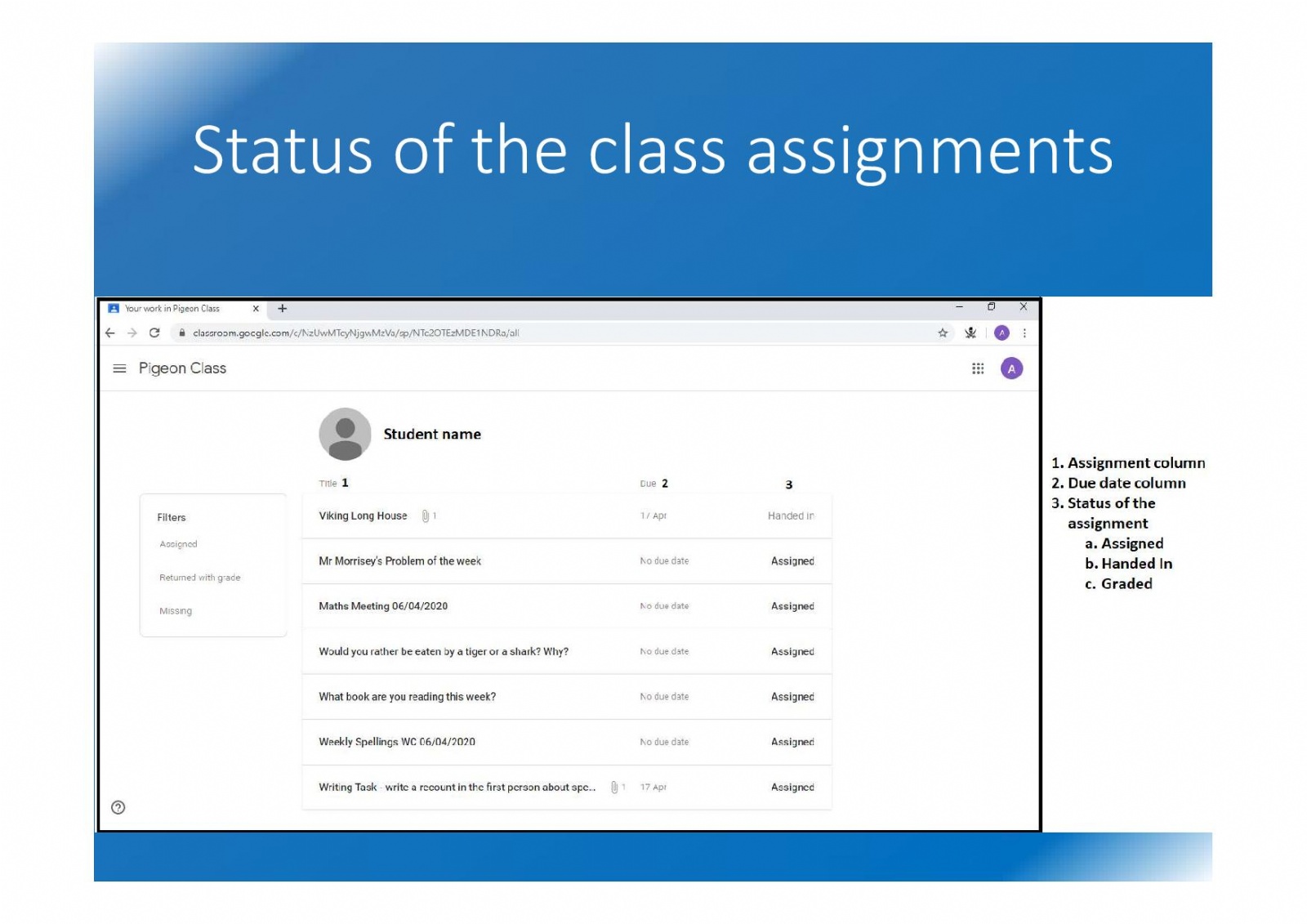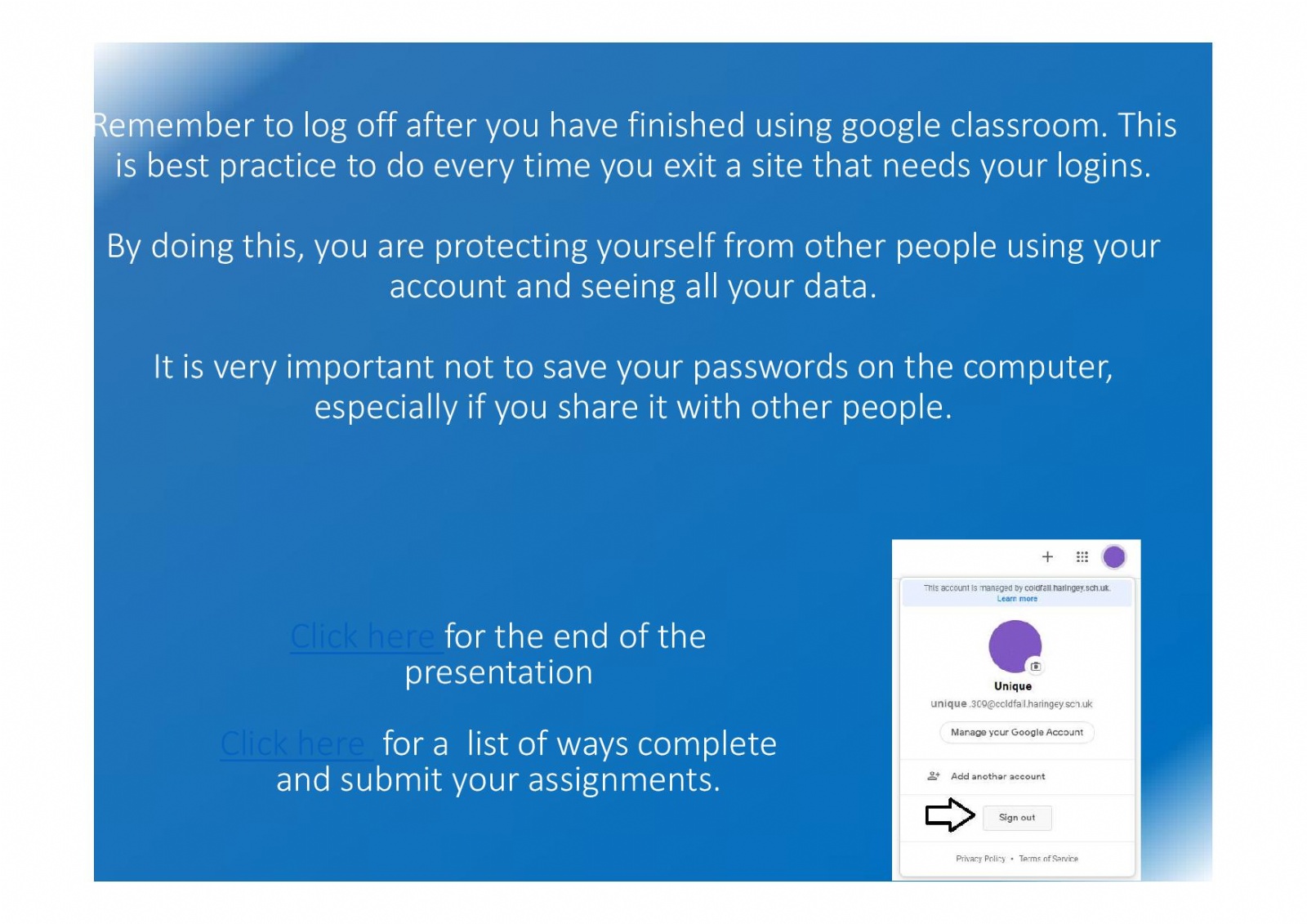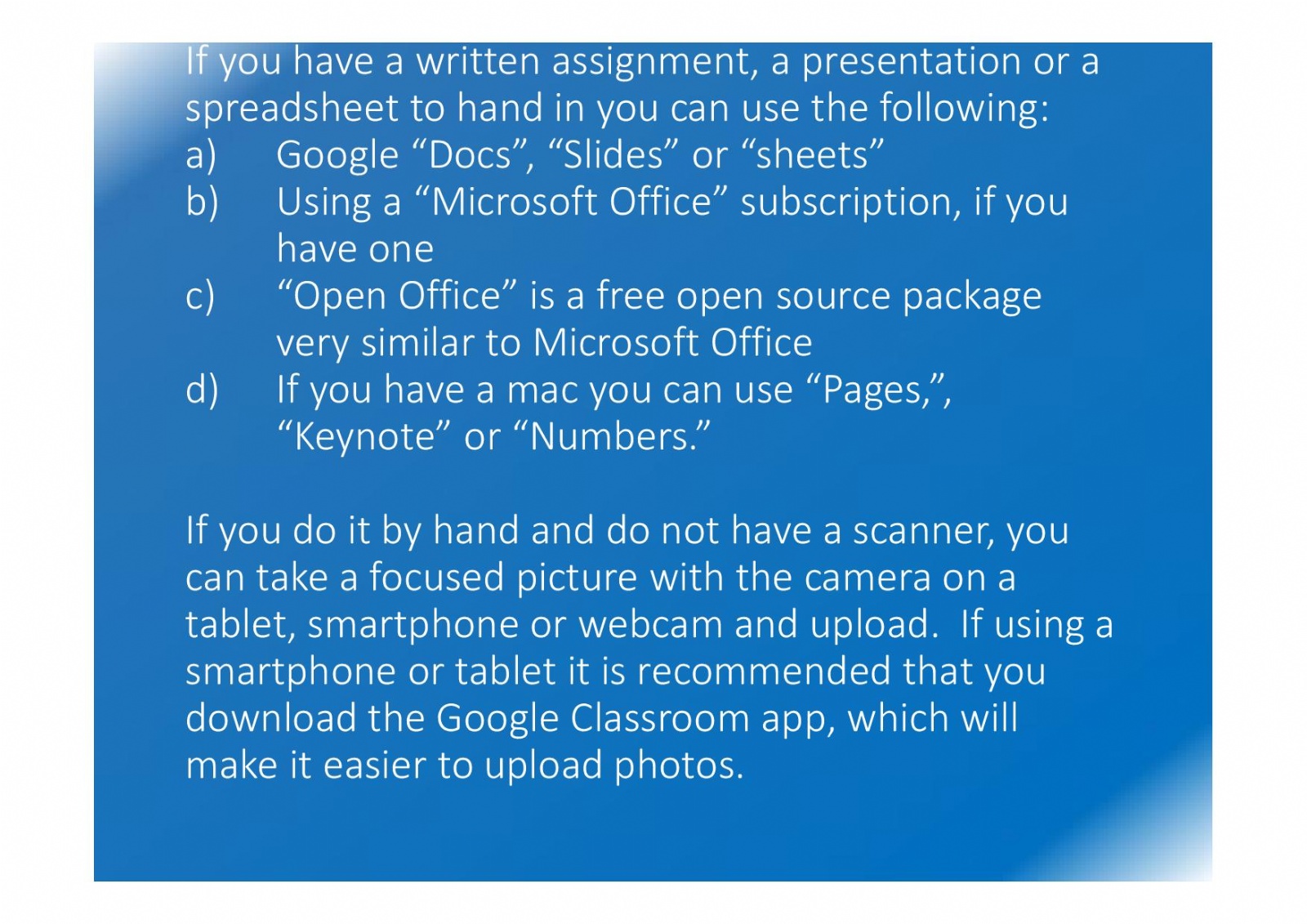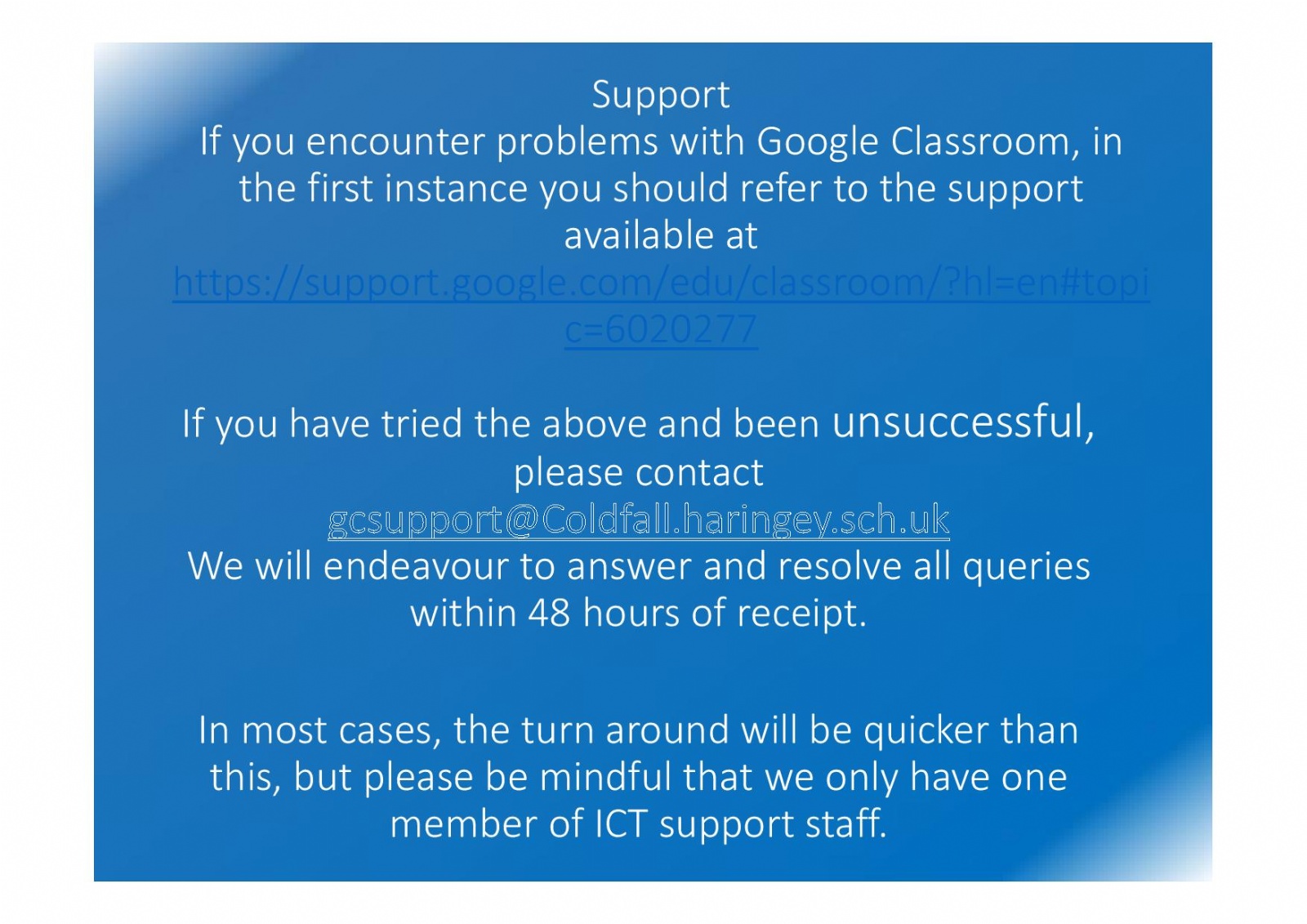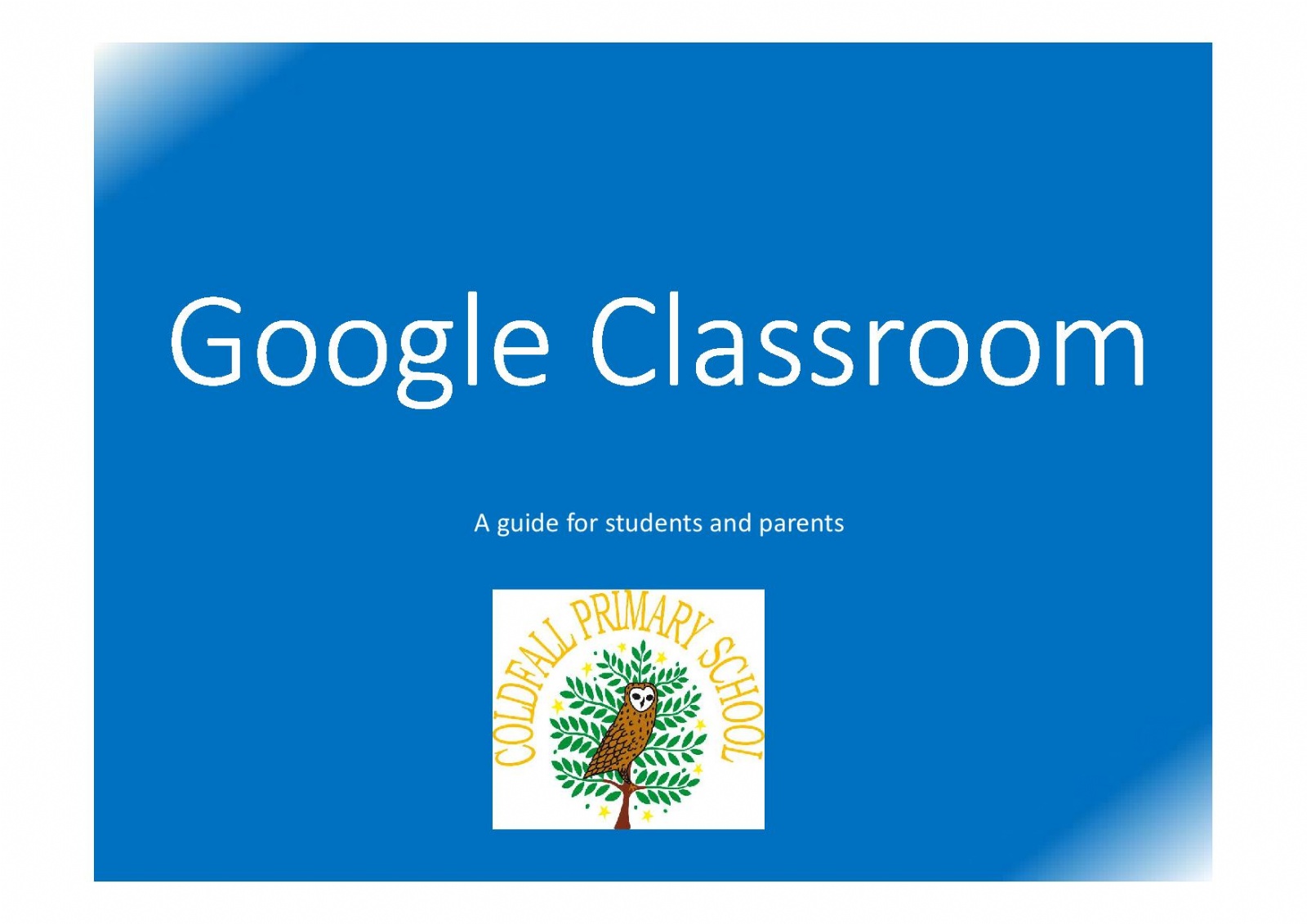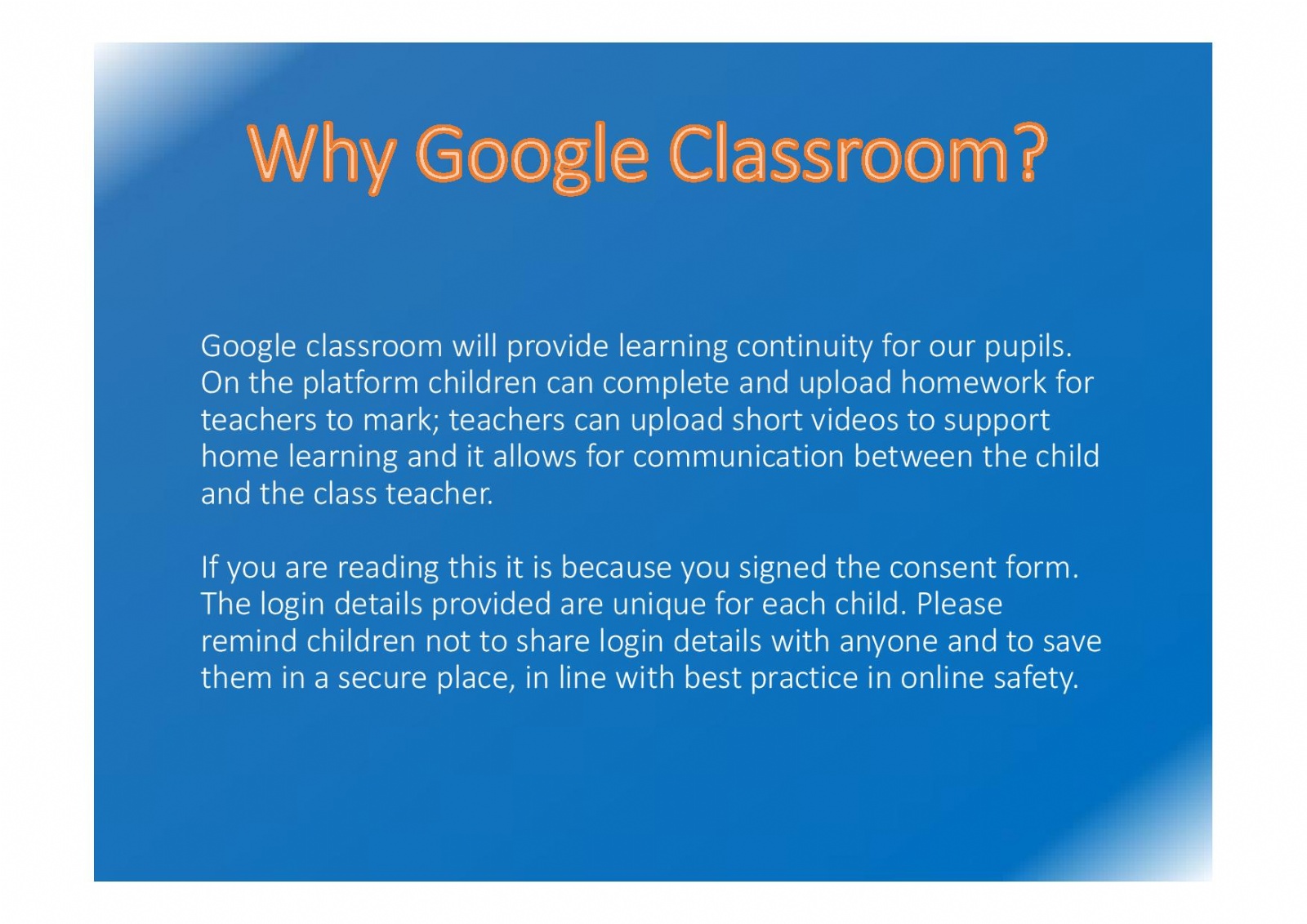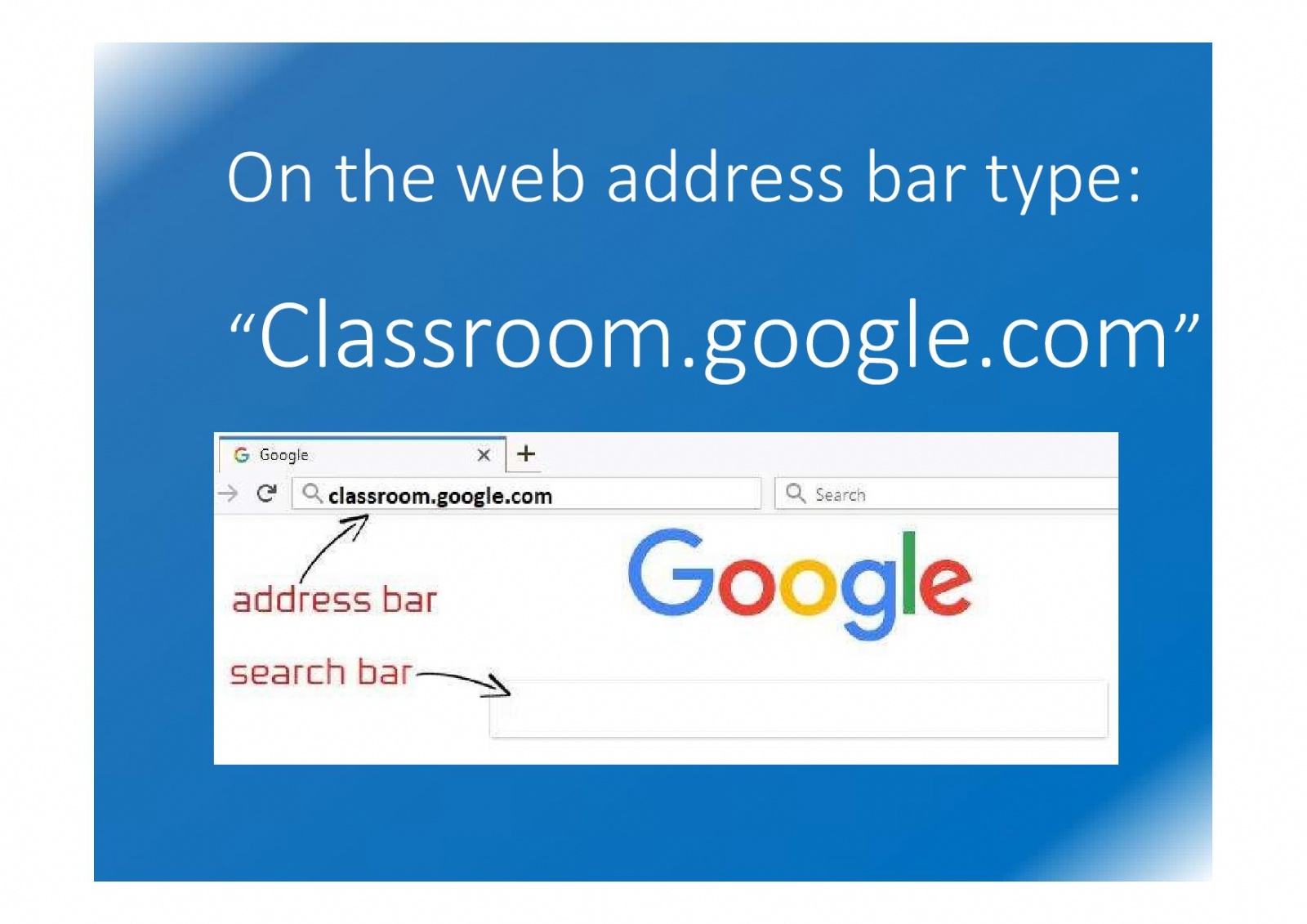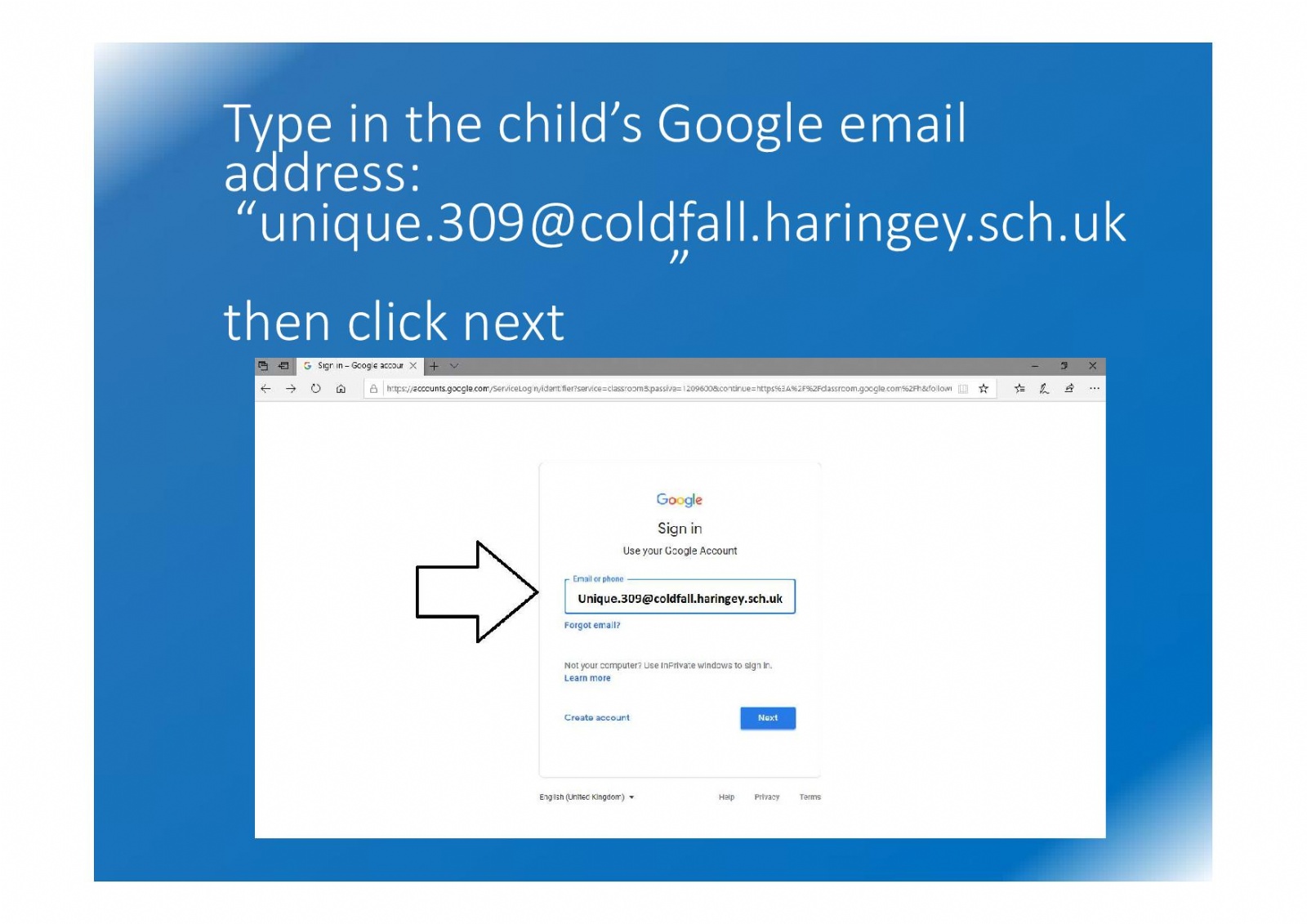Remote Learning
Remote Learning FAQs
What platform are you using and what is the rationale behind this choice?
We use Google Classroom (GC) and Tapestry.
Nursery and Reception continue to use Tapestry as this was already in place as an assessment tool in these year groups. During the current lockdown Reception have opted to switch to GC due to it being a more reliable platform during mass usage (Tapestry was crashing a lot). Nursery are continuing with Tapestry, which is more stable now less classes are accessing it.
GC is free and easy to access for pupils and staff. There is a lot of support available directly from GC online to deal with issues and to develop practice. As it is widely used in education settings, there is an increasingly large network of support available from teachers locally and further afield e.g. forums, YouTube tutorials etc. There is a lot of opportunity to develop the skills of staff collaboratively.
After the initial lockdown, we continued to use GC as a homework platform and in the event of class closures. This meant that families were still familiar with it when moving into the latest lockdown.
Both platforms can be accessed on a range of devices e.g., laptops, tablets, and smartphones. Google Classroom can also be accessed on an X-Box or PlayStation.
Staff development – what training and development has been, and is, available for staff?
Staff have been provided written guidance for how to use GC. This includes providing a consistent model to adhere to, avoiding significant differences in the amount and quality of provision.
In the initial lockdown, a model GC was set up and trialed by the Assistant Headteacher (AHT) for the Wider Curriculum and ICT Technician and made available to staff.
Online video guides and tutorials (YouTube) were sourced and shared.
The AHT completed the ‘How to teach online’ course on Future Learn which informed the school’s approach and disseminated best practice.
During the first lockdown, all work was asynchronous (pre-recorded videos, uploaded content etc.) This was to alleviate the impact of the digital divide between those children with access to reliable internet connection and devices and those without. Staff also had to get used to working in a completely different way, in a very short space of time with minimal support.
As staff have become more confident and remote learning practices have been embedded, we are now able to provide a more blended offer, which includes daily live teaching sessions and regular Zoom conferencing in groups of up to 10 pupils.
A collaborative approach to developing remote learning ensures that practice is shared and refined across the school.
SLT keep up-to-date with the latest DfE and OFSTED guidance for remote learning and disseminate information accordingly.
Teachers are encouraged to adapt previous CPD on Rosenshine’s Principles to teaching remotely.
Regular AHT attendance at Network Learning Community meetings for digital leads provides further opportunities to learn collaboratively and share ideas and strategies with staff.
What aspects of the curriculum are included?
We follow the national curriculum. As far as possible, the remote learning timetable will replicate the school day. We are not currently prioritising MFL or computing. Our concern during this time is that pupils avoid dramatic loss of learning in core subjects and basic skills.
A daily time table includes: –
- Live English lessons
- Maths lessons delivered through White Rose videos and resources
- Topic work which includes a pre-recorded video of a teacher modelling and explaining learning. Topic work is planned according to the school’s curriculum maps.
- Also timetabled are handwriting, spelling, timetables practice and access to specialist teaching in PE, music and green activities.
How is pupil’s remote leaning assessed, tracked and responded to?
Children upload work daily, which is acknowledged by teachers and used to inform future content. Each child receives more detailed written feedback on their learning in all subjects studied, once a week.
Zoom conferencing sessions can be used to further support learning and address misconceptions and well as stretch pupils.
A daily register is taken to monitor engagement. Any lack of engagement is followed up appropriately, according to the school policy.
What are the daily expectations outside of teaching lessons?
The Headteacher delivers a pre-recorded weekly assembly for all children, including those in school, to watch on a Monday. This goes some way to maintaining a sense of community within the school at time when children are working in more isolated groups.
As well as being used to support children’s learning, regular Zoom conferencing sessions aim to increase children’s sense of well-being and ensure they have meaningful contact with their peers and teacher.
Teachers spend time preparing and responding to remote learning. Daily uploads include pre-recorded topic videos, scaffolds for learning, extension activities, handwriting, timetables etc. Teachers meet daily as Year Teams to reflect on teaching and learning and to ensure a standardised approach.
How do SLT and YTLs quality assure the effectiveness of the remote learning offer?
SLT carry out monitoring of provision on a rolling cycle, as they do when the school is fully operational. This includes weekly monitoring of all subjects, with supportive feedback given where required and best practice highlighted and shared.
YTLs are responsible for consistency across their year groups and monitor provision accordingly.
SLT meets regularly with YTLs to discuss developments and progress in the delivery of remote learning.
What support is available for pupils with particular needs?
Extensions and scaffolds are available for all tasks. Pupils can also be targeted for guided work during the independent section of the Zoom English lesson and during small group Zoom conferencing.
Where appropriate some children, e.g. those with identified SEND or EHCPs, will receive a bespoke program, based on their needs. This may include, but is not limited to, 1:1 Zoom sessions and the loan of school resources to support learning.
What is the school’s remote learning strategy if some pupils are learning at home due to C19 isolation but others from the same class are learning face to face in school?
If children in this category are not ill, they will access lessons on the Oak National Academy. A weekly link to this is posted in the stream section of Google Classroom Lockdown pages, and sent as a message in Tapestry for Reception children.
Children should also complete any tasks in their ‘Homework’ Google Classroom, if they are able to.
Work can be uploaded to Google Classroom or Tapestry for teachers to acknowledge.
How are parents and carers supported to have the skills to support their children at home and what are you doing to engage and gain support of the school community?
Parents have been provided with clear guidance on how to use the school’s chosen remote learning platforms.
A dedicated email support address has been set up to support families, gcsupport@coldfall.haringey.sch.uk
Further support includes phone calls from the IT Technician to guide parents/carers through issues.
A clear system is in place to loan technology to families who require it, led by the IT Technician in consultation with the AHT for the Wider Curriculum.
Teachers provide clear instructions, scaffolds and models for learning on GC/Tapestry.
Following feedback from a parent questionnaire, live sessions with teachers have been significantly increased.
The school shows an understanding that parents have many conflicting priorities e.g. siblings, devices, work etc. and is empathetic to this in terms of expectations.
What are the significant barriers and challenges you have faced?
Short notice of statutory changes from the DfE.
Setting up and learning a whole new way of teaching during lockdown. Normally this would have involved staff meetings, INSET, trials in year groups etc.
Managing staff anxiety linked to the above.
Managing differing parental expectations and anxieties.
What have been your successes?
As a school we have delivered a consistent, blended approach to remote learning.
Staff continue to show resilience and adaptability as we further refine our offer.
Teachers are being increasingly creative in their delivery of online content, resulting in improvements in engagement and positive parental feedback.
Remote Learning Policy (Draft)
Remote Learning Policy January 2021
This is a working document and subject to change.
Key aims
- To maintain relationships with peers and class teachers
- To develop independent learners
- To provide a blended, balanced learning experience
- To maintain academic standards
Remote learning platforms
In Google Classroom pupils have access to two rooms; ‘Homework’ and ‘Lockdown’. During lockdown or class closures, the ‘Lockdown’ room will be used for remote learning from Reception – Y6.
In Nursery, all work will be uploaded on Tapestry.
Homework/blended learning (when school is fully operational)
All homework to be set weekly on Google Classroom/Tapestry, and include the following: –
- Spelling practice
- Times table practice
- Reading expectations and a forum for children to discuss their books
- Monthly project
Pupils not in reading catch-up should be encouraged to complete their homework on a Friday afternoon, following a blended learning approach.
Children should photograph and upload weekly spelling practice for teachers to acknowledge. This could take the form of writing the word in a sentence, writing the words out several times etc. Uploading something weekly will ensure that families retain familiarity with Google Classroom/Tapestry and are better prepared to use it in the event of a lockdown.
The outcomes of the monthly project are to be photographed by pupils and uploaded to Google Classroom/Tapestry for teacher feedback.
Teachers will check homework has been uploaded before setting new homework and follow up any missing submissions with the pupils involved. If a pupil does not hand in homework two weeks in a row, the class teacher will contact their parents regarding this.
Setting work for individual children not at school due to Covid-19 e.g. they are awaiting a test result
If children in this category are not ill, they will access lessons on the Oak National Academy. A weekly link to this is posted in the stream section of Google Classroom Lockdown pages, and sent as a message in Tapestry for Reception children.
Children should also complete any tasks in their ‘Homework’ Google Classroom, if they are able to.
Work can be uploaded to Google Classroom or Tapestry for teachers to acknowledge.
Full Lockdown or Class Closure
Curriculum
In a full lockdown or an individual class closure, a high quality remote learning curriculum will be provided which aligns to the classroom curriculum as much as possible. It will be carefully sequenced and ensure that children obtain the building blocks they need to move on to the next step.
The following will be available on both platforms, adjusted to meet the needs of different year groups and fully compliant with the DfE’s guidance for remote learning.
- Work will be set daily. In Nursery, a weekly set of activities will be uploaded on a Monday.
- Daily live English lessons will be delivered on Zoom. These are recorded and posted on Google Classroom/Tapestry.
- The following will be uploaded to Google Classroom daily: –
- Spelling/handwriting (alternating daily)
- Times tables/mental maths practice/Mathletics
- Links to White Rose maths lessons
- A video of a teacher from the year group explaining and modelling topic work, with accompanying resources (humanities, science, art etc.)
- Topic work will follow Coldfall’s curriculum maps.
- When introducing learning teachers will provide learning objectives and success criteria.
- HT assembly (Mon), PE, Music, Green or PSHE activities once each across the rest of the week (shorter sessions in addition to Topic work).
- A 20 – 30 minute, group Zoom conferencing session approximately twice a week will be established in groups of up to 10 pupils (for EYFS this may be 10 – 15 minutes). Children’s Zoom times will be published on the stream section of Google Classroom, or in a message on Tapestry. The onus will be on children/parents to attend their Zoom session at their given time (see below). Teachers will not arrange additional sessions for children who do not attend.
- Zoom meeting times: –
- Nursery 1:00
- Reception 11:30
- Year 1 12:00
- Year 2 12:30
- Year 3 1:30
- Year 4 2:00
- Year 5 2:30
- Year 6 3:00
- A suggested timetable of the above activities will be provided daily on the stream section of Google Classroom, or in a message on Tapestry. An example is shown below: –
- 9:00 – 10:10 Welcome to the day and English (Live Zoom)
- 10:10 – 10:25 Spelling/Handwriting (alternating)
- 10:25 – 10:40 BREAK
- 10:40 – 11:00 Times tables practise
- 11:00 – 12:00 White Rose Maths (link on Google Classroom)
- 12:00 – 1:00 LUNCH
- 1:00 – 2:00 Topic (with accompanying teacher video)
- 2:00 – 2:15 BREAK
- 2:15 – 3:00 HT Assembly (Monday) PE or Music or Green or PSHE*
- 3:00 – 3:30 Zoom conferencing (Check Google Classroom/Tapestry for actual timings)
- *Available as uploads on Tapestry. On Google Classroom children have access to a room for each subject.
There will be variations to the example timetable, depending on the timing of the scheduled Zoom conferencing sessions. There will also be adaptations made to ensure content and timings are age appropriate, particularly in Nursery, Reception and Year 1. As the week progresses, teachers may also feel they need to spend longer on a particular concept based on their assessment of children’s learning.
Families may be managing multiple commitments at home during lockdown and therefore completing the above timetable will be challenging. We recommend that children engage with as much of the content as possible, in particular the live Zoom conferencing sessions.
Engagement and feedback
All work submitted will be acknowledged by the teacher. In Google Classroom, the marking system allows for weighted marking. An arbitrary score of 100/100 will be given in order to confirm receipt of work. In Tapestry the teacher will give a ‘thumbs up’ to confirm receipt.
Once a week in Y1-Y6, all children will receive more detailed written feedback on Google Classroom or Tapestry about their learning. This will encompass all subjects studied that week.
Zoom conferencing sessions can be used to group and target children for additional support, as required.
Teachers will be vigilant in checking pupil engagement – if any pupil has not engaged at all with remote learning by the end of the second day of a lockdown or class closure, teachers will telephone the parents of the child. If this lack of engagement persists, teachers will alert Coldfall’s DSLs (Emily Gazzard, Alex Sapirstein and Louise O’Mahoney) who will follow up accordingly.
Access
Google Classroom and Tapestry can be accessed on a range of devices e.g. laptops, tablets, and smartphones. Google Classroom can also be accessed on an X-Box or PlayStation.
The school have been proactive in identifying families who struggle to access remote learning provision and supported them accordingly, including: –
- Telephone support with IT technician
- Email Support from IT technician (the school has a dedicated email address for IT support gcsupport@coldfall.haringey.sch.uk)
- Loaning of technology e.g. laptops or iPads.
Families who have not been identified and feel they require support to access remote learning can apply to the school for help. If this is to request the loan of technology, families will be prioritised using the following criteria: –
- Families with no technology
- Families with more than two children at the school and an insufficient number of devices at home
As there is a limited amount of technology available, final decisions on who to lend technology will be taken by the IT Technician, in consultation with the Assistant Headteacher for the Wider Curriculum.
Parents must sign out any technology that is loaned to them and are responsible for the cost of any loss or damage incurred.
In some isolated instances, e.g. parents have no internet access, weekly hard copies of work will be available to collect from the school office. Parents should submit completed work to the office, to be passed to the class teacher, when they receive new work.
Additional support for pupils with particular needs
Extensions and scaffolds are available for all tasks. Pupils can also be targeted for guided work during the independent section of the Zoom English lesson and during small group Zoom conferencing.
Where appropriate some children, e.g. those with identified SEND or EHCPs, will receive a bespoke program, based on their needs. This may include, but is not limited to, 1:1 Zoom sessions and the loan of school resources to support learning.
Teachers’ Illness during lockdown or class closure
If a class is closed and their teacher and is unable to deliver remote learning due to illness, the offer will be limited. The other teachers in the year group will upload work to Google Classroom/Tapestry for all subjects. The teacher’s class will also be split and invited to the live English lessons of the other two teachers in the year group.
Parents/children will be informed if the class teacher is unable to deliver remote learning in the stream section of Google Classroom or via a message in Tapestry. Work will not be marked and Zoom conferencing will not take place for the duration of the teacher’s illness.
If an individual class in a year group is closed and the teacher is unable to deliver remote learning, children should access Oak National Academy lessons. A link to this will be posted in the stream of Google classroom or as a message in Tapestry by one of the other teachers in the year group.
Safeguarding
When communicating with pupils and parents/carers, staff must only use online accounts linked to the school e.g. email, Zoom, Google Classroom, Tapestry etc. At no time should they use personal accounts or social media platforms to communicate.
Staff will be mindful of what is in their background when carrying out Zoom sessions.
Children will be provided with clear guidelines for how to behave in Zoom sessions (see below).
Pre-identified vulnerable children should attend school during lockdown. Those who remain at home will be contacted weekly by phone and/or Zoom.
If phoning parents from a personal phone, staff will withhold their number.
As previously stated, a continued lack of engagement with remote learning from a pupil will be referred to Coldfall’s DSLs.
Golden Zoom Rules
- Log on in time for the lesson and have all necessary equipment ready e.g. paper and pencil.
- Ensure your name is clearly displayed when entering a Zoom meeting, and your camera is turned on. (No nicknames).
- Ensure as many distractions are avoided as possible e.g. turn off TVs or radios, put away games consoles, put your pet in another room, do not bring toys etc.
- Be fully dressed when taking part in Zoom meetings.
- Do not eat breakfast/lunch/snacks during Zoom meetings.
- Remain muted unless asked to unmute by the teacher.
- Raise your hand if you want to ask/answer a question. If your device does not allow you to raise a virtual hand on Zoom, you should physically put your hand up.
- Do not engage in private messaging, unless instructed to by the teacher.
- At all times, treat the Zoom session as an extension of the classroom and behave accordingly.
- Parents may be required to support children during Zoom meetings, especially in the younger years. This should be limited as much as possible and pupils encouraged to work independently if appropriate.
Google Classroom


